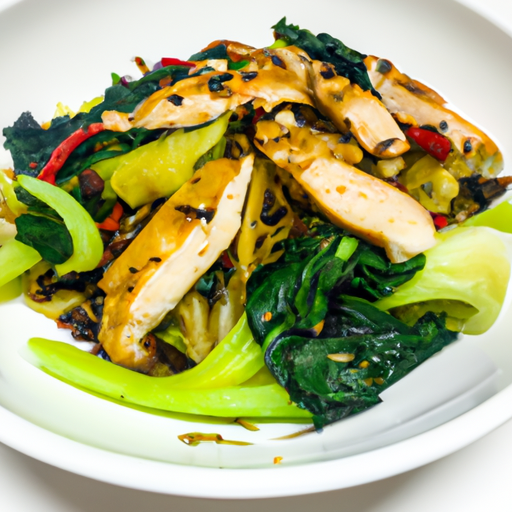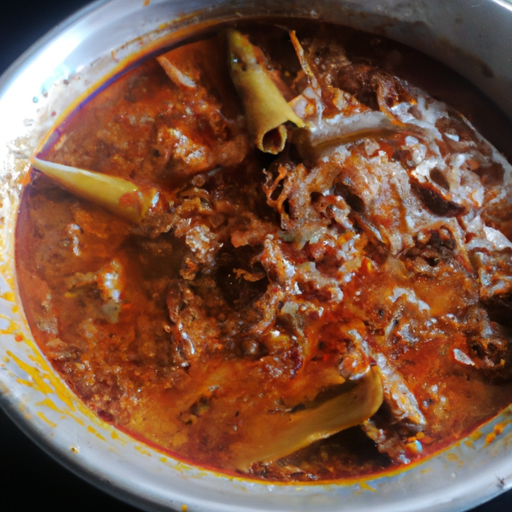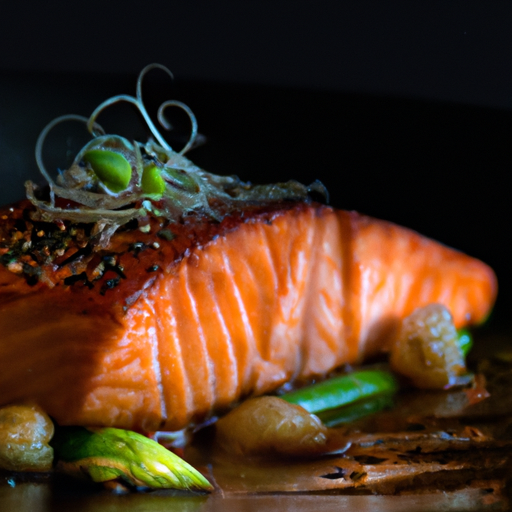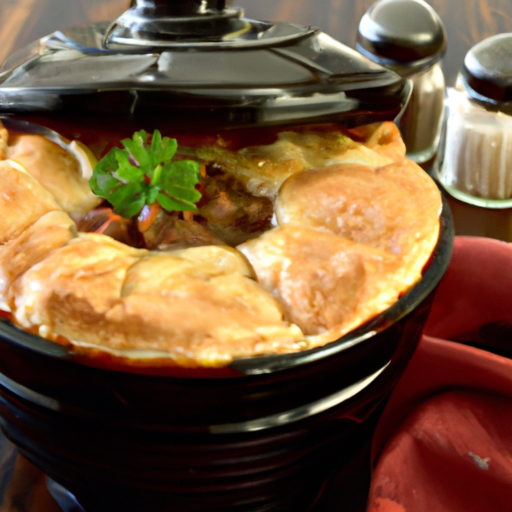Grilled Pork Salad
Exploring grilled pork salad, a dish that has become increasingly popular in recent years, this comprehensive article presents an informative and engaging account of its history, ingredients, instructions, and grilling cooking tips.
Employing an academic style of writing that is objective and impersonal, readers are offered a detailed understanding of how to prepare and enjoy a delicious grilled pork salad.
Pork History
The history of pork can be traced back to ancient civilizations. It was one of the earliest domesticated animals and a significant source of meat for human consumption. Sus scrofa domesticus, the scientific name for the pig, was first domesticated in regions such as China and Southeast Asia around 9,000 years ago. It quickly spread throughout the world due to its adaptability and ability to thrive in diverse environments.
Pigs were highly valued by ancient societies for their ability to efficiently convert agricultural waste and scraps into high-quality protein. In addition to providing meat, pigs were also used for other purposes. They were used to produce lard for cooking and fat for soap making.
Pork has been a staple food in many cultures for centuries. It continues to be widely consumed today across different cuisines worldwide.
Ingredients
One key component of this dish is the fresh vegetables that provide a crisp and refreshing contrast to the protein-rich pork. When combined, the flavors and textures of a grilled pork salad create a satisfying and well-balanced meal. Here are three key ingredients that contribute to the overall appeal of this dish:
-
Grilled Pork: The star of the salad, grilled pork adds a smoky and savory element to the plate. It is cooked to perfection, resulting in tender and juicy slices.
-
Fresh Vegetables: A variety of colorful vegetables such as lettuce, cucumbers, carrots, and bell peppers are often used in a grilled pork salad. These vegetables add crunchiness, freshness, and vibrant colors to the dish.
-
Dressing: A tangy dressing or vinaigrette ties all the elements together and enhances their flavors. Common dressings include citrus-based options like lemon or lime juice mixed with olive oil, vinegar, or soy sauce for an added umami taste.
The combination of these ingredients creates a delightful culinary experience where every bite offers a burst of flavors and textures.
Instructions
To make this dish, begin by grilling slices of pork until they are tender and juicy. This will add a smoky char and plenty of flavor to the meat. Once the pork is cooked, let it rest for a few minutes before slicing it into thin strips.
To assemble the salad, follow these steps:
- Place a bed of fresh salad greens on a plate or in a bowl.
- Place the sliced grilled pork on top of the greens.
- Decorate with your choice of vegetables such as cherry tomatoes, cucumber slices, and red onion.
Grilling Cooking Tips
Grilling cooking tips can help you enjoy perfectly grilled meats every time. Adjusting the heat level is important to achieve desired doneness and using a meat thermometer is essential for ensuring that meats are cooked to their recommended safe internal temperature.
Heat level can be adjusted by either moving the food closer or farther away from the heat source, or by adjusting the burner settings on a gas grill. This allows for precise control over the cooking process and prevents undercooked or overcooked food.
Using a meat thermometer also helps to prevent foodborne illnesses and ensures that the meat is cooked evenly throughout.
Final Thoughts
At the end of it all, it is clear that following basic grilling tips and using a meat thermometer can improve the grilling experience and guarantee food safety and the desired cooking results.
Grilling can be a great way to cook meat, however, it is important to take certain precautions to make sure the food is cooked completely and safely.
Preheating the grill, cleaning and oiling the grates before cooking can prevent sticking and ensure even cooking.
Direct heat should be used for thinner cuts of meat and indirect heat for thicker cuts for the desired doneness without burning or undercooking.
Marinating the meat beforehand will add flavor and help tenderize it.
Last but not least, using a meat thermometer will ensure that the internal temperature reaches a safe level to eradicate any potential harmful bacteria while still keeping the meat juicy.
Frequently Asked Questions
How Many Calories Are in a Serving of Grilled Pork Salad?
The calorie content of a serving of grilled pork salad can be determined by analyzing the individual ingredients used, such as the amount of grilled pork, vegetables, dressings, and any additional toppings.
Can I Substitute Chicken for Pork in This Recipe?
The substitution of chicken for pork in the recipe could alter the flavor profile and texture of the dish. It is recommended to consider factors such as cooking time, marinade compatibility, and personal preference before making any substitutions.
What Is the Best Type of Pork Cut to Use for Grilled Pork Salad?
The best type of pork cut to use for grilled pork salad depends on personal preference and desired texture. Options include tenderloin, loin chops, or shoulder cuts. Each cut offers unique flavors and levels of tenderness when grilled.
Can I Prepare the Salad Dressing in Advance and Store It in the Refrigerator?
Preparing the salad dressing in advance and storing it in the refrigerator is a common practice for maintaining its quality and ensuring food safety. It allows flavors to meld together, enhancing taste profiles when added to the salad.
How Long Should I Marinate the Pork Before Grilling It for the Salad?
The optimal marination time for pork before grilling it for a salad depends on factors such as the cut of meat and personal preference. It is recommended to marinate the pork for at least 30 minutes to 24 hours to enhance flavor and tenderness.






